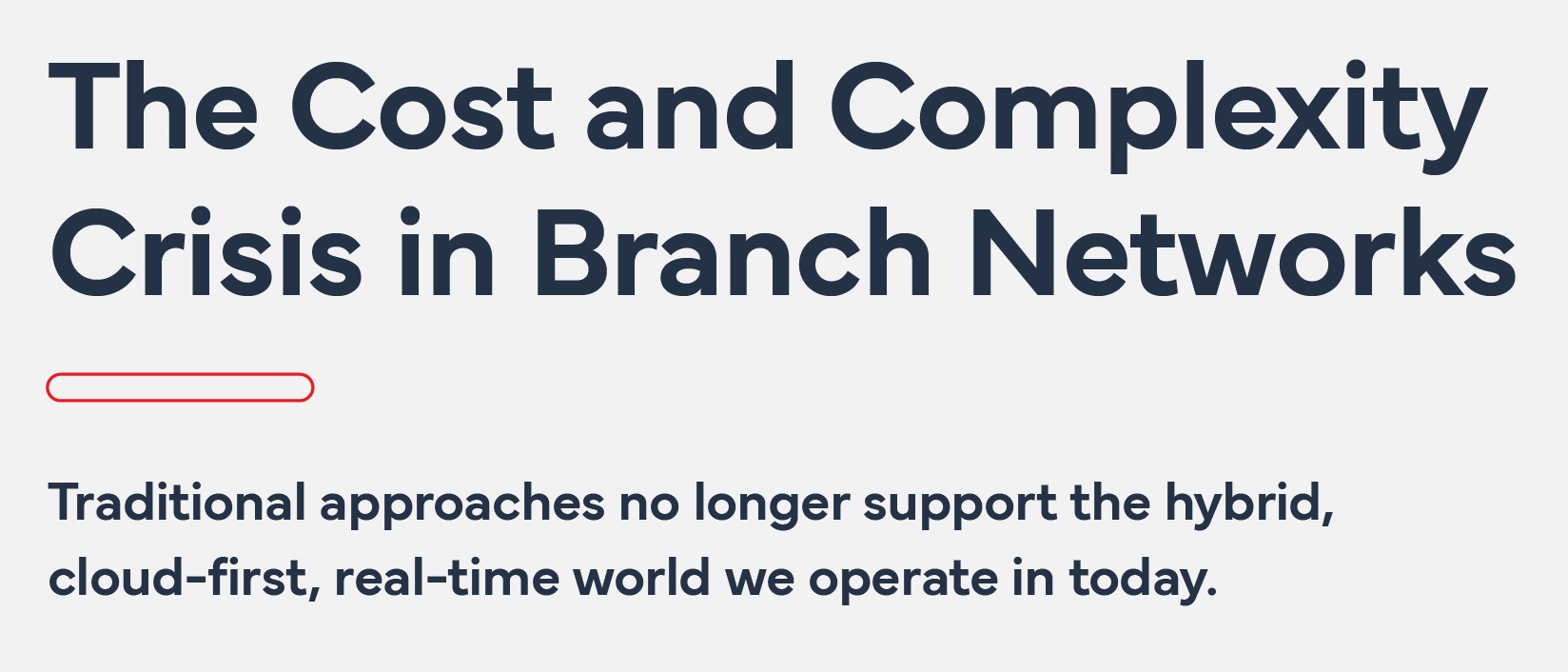Dedicated T1 Internet Line – Is It Recommended for Business?
-
September 26, 2022
-
5 min read

The T1 internet connectivity service was and is prevalent in North America. AT&T Bell Laboratories brought about T1 to aid digital transmission of multiplexed telephone calls, way back in 1962. Its evolved cousin, the EI, with higher speeds, finds preference in Europe.
The T1 internet line, also called “Leased Lines” in certain parts of the world, provides a dedicated 1.544 Mbps uploading and 1.544 Mbps downloading speed. E1 leased line, the European equivalent, does the same at 2.048 Mbps.
What exactly is a T1 Internet Line?
When the internet was in its infancy, with limited application, including rudimentary VoIP, the T1 line seemed to promise a lot. In some sense, given an accompanying iron-clad service-level agreement, it still seems doubtful that it provides both uploading and downloading as promised. Unlike the asymmetrical, higher-capacity cable broadband and fibre-optic broadband sometimes have a difference of 1:8.
Unlike the broadband cables and the more evolved fibre-optic cable, the T1 line transmits internet services using a pair of twisted copper wires in terms of equipment and infrastructure. One exclusively to receive and the other to send data or voice. This, in fact, was the standard from the very beginning in 1962. With 24 channels per cable, it could handle up to 24 activities simultaneously over a copper cable. Each channel was able to carry 64 Kbps of data or voice.
It entered when the world was working on the measly 33 to 56 Kbps that telephone lines could transmit through a modem. The T1 line was a god-send with its 1.54 Mbps speed at all times. That too without any fluctuations and the backing of an iron-clad service level agreement.
And it is precisely here that it falters. Where usage, be it voice or data, exceeds 1.544 Mbps, one has no option but to get a new line. This almost doubles the expense. If the need is 2 Mbps, one is effectively forgoing 1.088 Mbps of capacity while paying in full. The other option is to suffer latency in the service.
The T1’s attributes include:
- A point-to-point service like a dedicated hotline between 2 nodes, and quite unlike a telephone line that connects to a network.
- At 1.544 Mbps uploading and downloading, it can carry both voice and data and is suitable for businesses that prefer a consolidated service. The flip side is that if too many channels get allocated for either voice or data, the other service suffers from latency.
Why would a business want to use a T1 line?
Within defined boundaries of uploading and downloading capacities: This is an excellent service that can handle both voice and data. It is almost like an exclusive road between points A & B with speed limits. There’s zero variation and perfect symmetry (1.544 Mbps upload vs 1.544 Mbps download) at all times. It is best for businesses that expect committed speeds at all times with zero variations. When more lines are banded together (with increased needs), the user gets excellent uploading and downloading speeds. They don’t need to be wary about other users and how they fare. A T1 line is unlike cable internet and fibre-optics, where higher users mean likely higher latency and slow internet.
No eavesdropping: With a single dedicated T1 leased line, without anyone else using the same in that pair (origin-destination), eavesdropping, viruses, bugs, bots, and such intrusions of data packets are almost negligible.
Businesses that need up to 1.544 Mbps are well taken care of: Even with a slow net (with all 24 channels in use) for QoS, including VoIP, Video, VPN, and remote applications, people know for a fact that data will travel and at what speed. This is unlike the case with shared networks, where call drops are endemic during times of high usage.
Service level agreement: The service, even today, comes with an almost iron-clad agreement with respect to capacities and uploading and downloading speeds. It is a radical departure from the “Best Efforts” agreements other forms of the internet bring to the table, where the latter can’t ever commit to service and speeds.
Reliability: The T1 line’s Service level agreement and architecture (a one-to-one between two points with zero intrusions) mean it is up and running 99% of the time (from experience). This is unlike cable or fibre-optic broadband that could be at the mercy of the elements and equipment on a shared network.
What is the downside of the T1?
Capacity: A T1 line provides ONLY so much capacity. Beyond that, one needs a new line with the right equipment that can band them together. Any problem with the line or worse, the line itself being down means a loss of 1.544 Mbps of connectivity, which isn’t exactly uncommon.
Scalability is an issue: If the user tries to send more than this capacity or receive the same, latency and congestion are likely to occur. Also, the T1 line has a defined capacity that cannot increase at will. One has to wait for the service provider’s nod, which could make things very uncomfortable if negative.
Prices: If a dedicated T1 line costs USD 200.00, the others, such as cable broadband and fibre-optic, could cost half of that or even offer speeds of up to 1 Gbps for the same price.
Final verdict
The T1 line between two dedicated points is excellent for businesses that have a volume of data and processes demanding absolute security and secrecy.
That said, it does make sense to have backups for other uses. This backup comes in the form of cable broadband and fibre-optic, especially with service providers known to use the latest transmission equipment that guarantees dedicated speeds. Even 5G services ought to form part of this line-up of backups going forward.
Upgrade your network infrastructure with dedicated internet line for superior bandwidth.
 Share
Share









